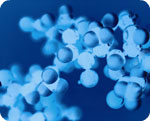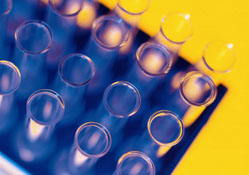Applications
 Examples of surface characteristics that can be achieved with gas plasma and parylene
include lubricity/reduced coefficient of friction, tailored wettability (hydrophobic or
hydrophilic) and creation of tie or interface layers to permit direct over molding or
bonding of like or different materials.
Examples of surface characteristics that can be achieved with gas plasma and parylene
include lubricity/reduced coefficient of friction, tailored wettability (hydrophobic or
hydrophilic) and creation of tie or interface layers to permit direct over molding or
bonding of like or different materials.
Almost any gas can be used to generate a plasma depending on the material to be treated and the desired surface characteristics to be achieved. Non-polymerizable gases like oxygen or argon can be used to clean or modify surfaces without changing the appearance, mechanical or bulk properties of the material. On the other hand, PECVD thin film coatings are created when polymerizable gases are utilized. These coatings are extremely thin - typically in the nanometer range - and react with the surface at an atomic level resulting in excellent adhesion to the base part.
Parylene is deposited under vacuum as a gas phase and provides a conformal, pin-hole free surface. It is widely used in a broad range of industries including electronics, medical, automotive and aerospace to achieve lubricity/low coefficient of friction, moisture and chemical barrier, and electrical protection.

